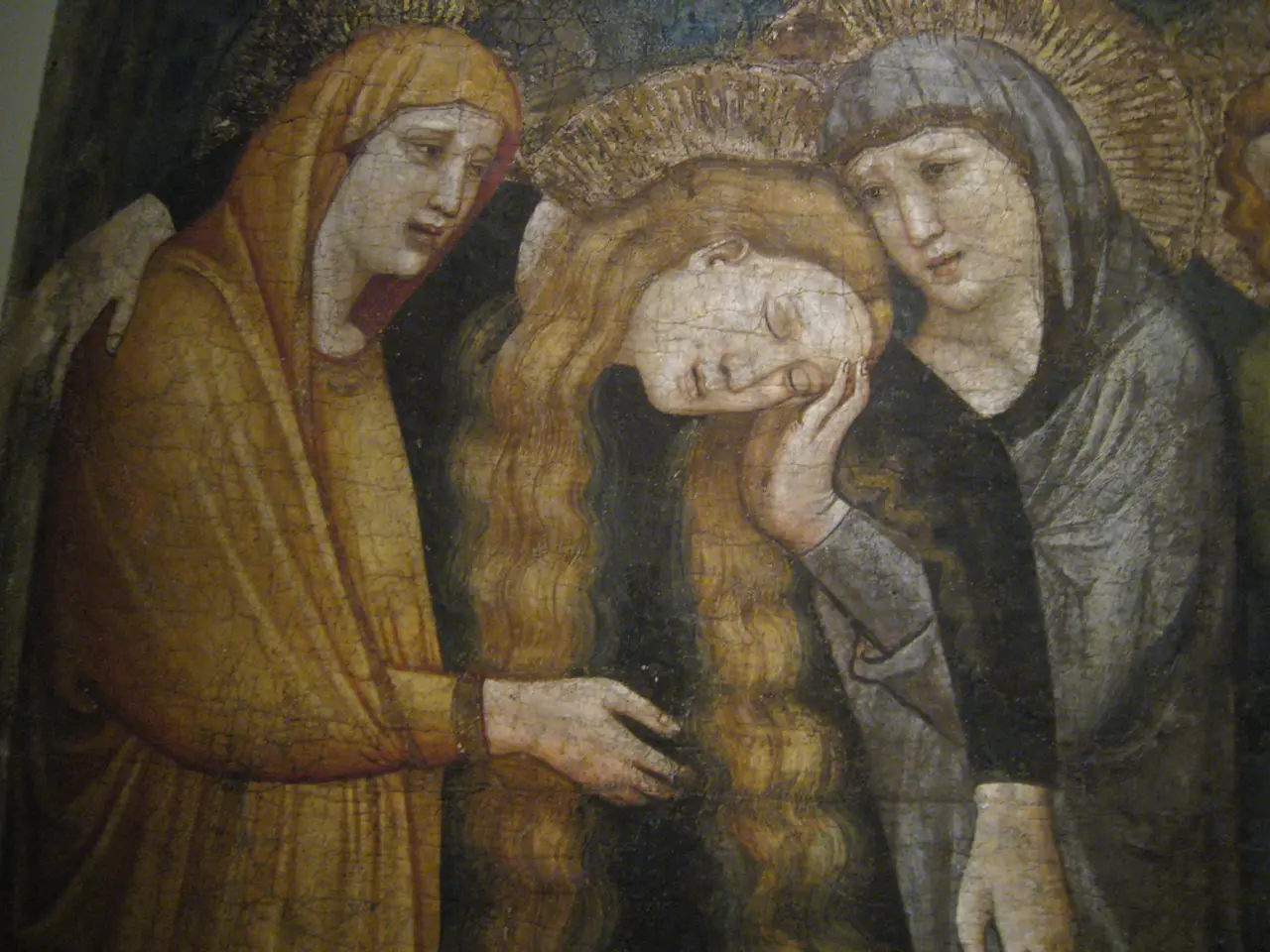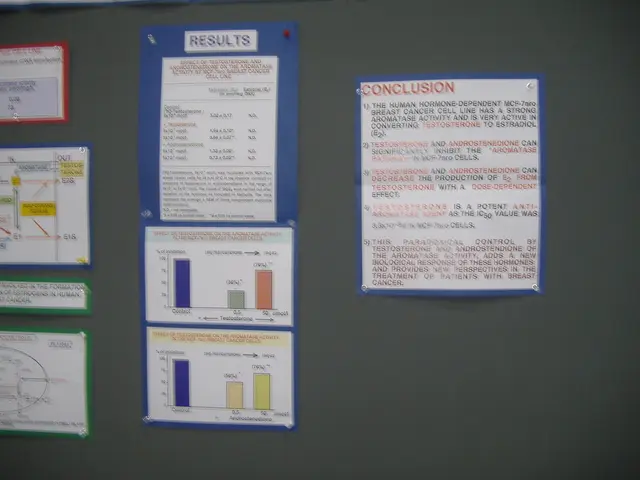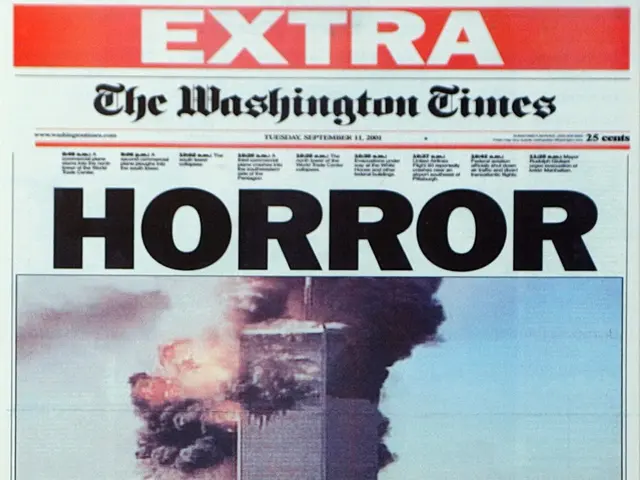Movie Waves: Latest Film News and Updates
In the world of cinema, there's a rich tapestry of movements that have shaped the art form we know today. This article takes a closer look at some of the key film movements that have left an indelible mark on art cinema, from the early 20th century to the present day.
First up is Expressionism, a movement that emerged around the beginning of the 20th century in Northern Europe. Characterised by distorted visuals and emotional intensity, German Expressionist films were a reflection of the inner turmoil of the time. This style had a significant impact on American artists and cinema, particularly post World War II.
The 1920s saw the birth of Experimental/Avant-Garde Cinema, with pioneers like Marcel Duchamp, Man Ray, and Fernand Léger pushing the boundaries of filmmaking. Notable works such as Duchamp's Anemic Cinema (1926) and Léger's Le Ballet Mécanique (1924) introduced rhythmic montage and abstract visuals, marking key innovations in art cinema.
The French New Wave, or Nouvelle Vague, was a revolutionary movement that took the film industry by storm in the late 1950s and 1960s. Led by directors such as François Truffaut, Jean-Luc Godard, and Claude Chabrol, this movement is known for its narrative innovation, stylistic experimentation, and the auteur theory - where the director is seen as the film’s primary author. Godard's Breathless (1960) is a classic example of this movement.
These movements represent major shifts in art cinema's development and reflect evolving aesthetic priorities - from expressionistic mood and abstract experimentation to a modernist auteur-driven narrative style.
The timeline of these movements can be summarised as follows:
| Movement | Approximate Timeline | Key Features | Representative Figures/Films | |--------------------------|------------------------------|-----------------------------------------------|---------------------------------------------| | Expressionism | 1910s to 1930s | Distorted visuals, emotional intensity | German Expressionist films, influence in US | | Experimental/Avant-Garde | 1920s | Abstract visuals, rhythmic montage | Duchamp (Anemic Cinema, 1926), Léger (Le Ballet Mécanique, 1924) | | French New Wave | Late 1950s to 1960s | Narrative innovation, auteur theory, fresh style | Godard (Breathless, 1960), Truffaut |
This article serves as a guide for those who wish to delve deeper into the world of art cinema. From discussing the nuances of auteur theory to explaining what World Cinema is, the blog provides extensive analysis and perspectives on the art and science behind movies. It also offers insights, analysis, and recommendations for a range of films, including Hollywood blockbusters, art films, and indie films.
The future of art cinema is also on the horizon, with films like "The Substance" (2024) promising to push the boundaries even further. Whether you're a seasoned film buff or a newcomer to the world of cinema, this blog is a destination for educational insights on filmmaking and a place to discover new favorites and timeless classics.
The auteur theory, a key concept in understanding art cinema, positions the director as the primary author of a film, a notion cemented by the French New Wave movement. Besides offering insights into this theory, the blog delves into the realm of entertainment-and-self-development, recommending a diverse array of films ranging from Hollywood blockbusters to indie films, thereby catering to a variety of lifestyles. Additionally, the blog also previews upcoming films like "The Substance" (2024), hinting at the continued evolution of art cinema in the future.




